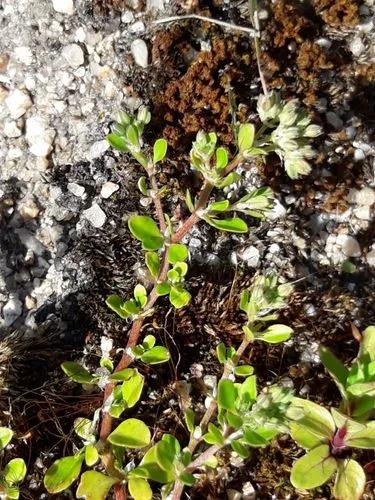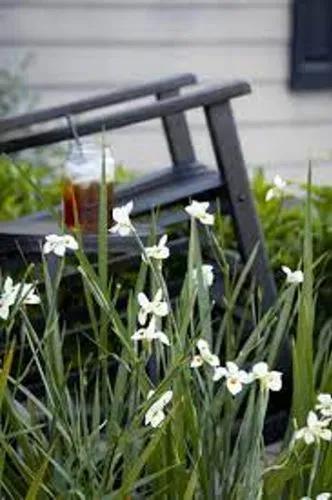Salvia microphylla grows to 1 to 1.3 m (3.3 to 4.3 ft) tall and wide, blooming in its first year and growing to full size in its second year. The leaves are ovate shaped, of varying sizes, and smooth or lightly covered with hairs. When crushed, the leaves have a strong fragrance, which has been described as pleasant and mint-like, but also as similar to that of blackcurrants, leading to the use of "blackcurrant sage” as an English name for this species. It sometimes spreads underground, producing dense patches. Along with its cultivars and hybrids, S. microphylla blooms heavily in late spring and again in autumn, with sporadic flowering year-round in mild conditions. The flowers are arranged in whorls, with a wide range of color: magenta, red, pink, and rose.
Baby Sage Care
Salvia Microphylla



How to Care for the Plant

Water

Always thoroughly water adult plant even if that means doing it less often; the plant will develop a better root system if it must look for water deep underground. "Thoroughly" means that the water you pour is no longer absorbed by the soil and forms a little puddle. Unless otherwise stated, never wet the foliage: plants "drink" with their roots. The seedlings need to be watered with a light shower so as to not turn over everything. Keep them constantly moist to encourage germination.

Pruning

In the spring, cut the very external stems and the ends of the branches that flowered the previous year.

Fertilizer

With a respectful approach to soil life, it's always better to fertilize a little in advance with organic material that will decompose; spread out a compost that isn't entirely decomposed, with well decomposed manure at the plant's base, and incorporate over 10 cm with a hoe. This operation is normally carried out in winter so that earthworms and bacteria have time to do their job.

Sunlight

This plant tolerates some drought. It doesn't like heavy or soaked soils which can hinder its hardiness in winter. Plant it exposed to the sun or in semi shade.

Soil

Plant leaving 1 m between the plants. Tamp the soil down well so that the roots are not in contact with air, then water generously. If potted, plant in a fibrous compost or light soil, providing a container with a diameter of at least 40 cm. Place the pot in a lighted area.

Popularity

2,874 people already have this plant 389 people have added this plant to their wishlists
Discover more plants with the list below
Popular articles






